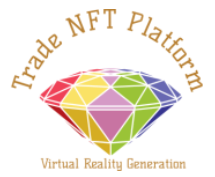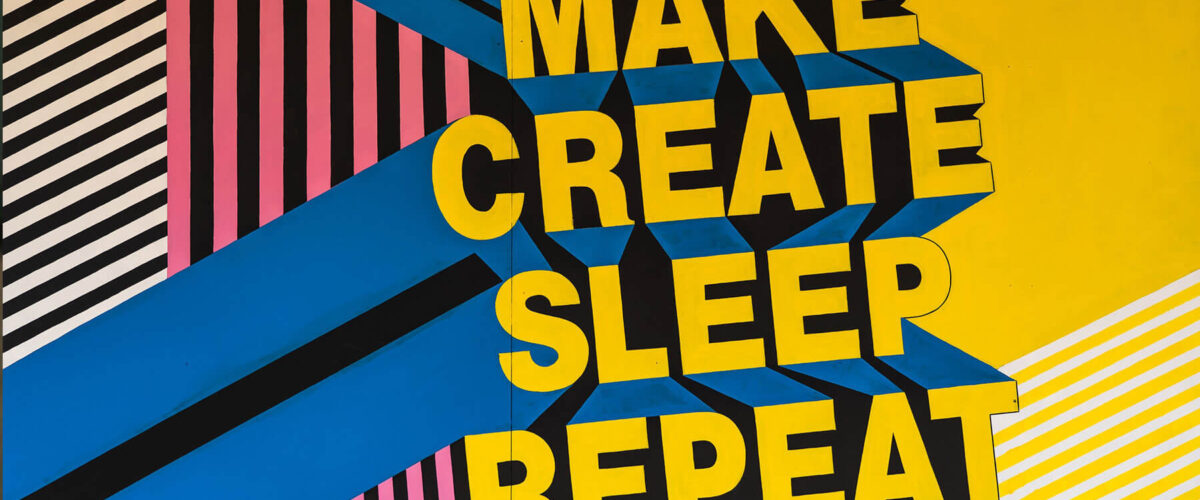Creating and selling digital art NFTs (Non-Fungible Tokens) can be an exciting venture that allows artists to showcase and monetize their work in the digital realm. Here’s a step-by-step guide to help you navigate the process:
- Understand NFTs and the Blockchain: Familiarize yourself with NFTs and how they function on blockchain platforms like Ethereum. NFTs are unique digital assets that are indivisible and cannot be exchanged on a one-to-one basis like cryptocurrencies. They provide proof of ownership and authenticity for digital creations.
- Create Your Digital Art: Develop your digital artwork using tools like graphic design software, 3D modeling programs, or any other medium that suits your artistic style. Ensure that your artwork is unique and compelling, as it will play a crucial role in attracting buyers.
- Choose an NFT Marketplace: Research various NFT marketplaces to find the one that aligns with your goals has a strong user base, and offers the required features. Some popular NFT marketplaces include OpenSea, Rarible, SuperRare, and Foundation.
- Set Up a Wallet: Create a digital wallet compatible with your chosen marketplace. Ethereum-based NFTs primarily use wallets like MetaMask or Trust Wallet. Set up your wallet and ensure that you have enough cryptocurrency (usually Ether) to cover transaction fees and initial listing costs.
- Mint Your NFT: Minting refers to the process of turning your digital artwork into an NFT. Connect your wallet to the chosen NFT marketplace and follow their instructions to mint your artwork. Typically, this involves uploading the art file, adding metadata (such as title, description, and royalties), and setting a price.
- Set a Price and Royalties: Determine the price for your NFT. Consider factors like the uniqueness of your art, demand for your work, and current market trends. Additionally, you can set royalty fees that allow you to earn a percentage whenever your NFT is resold on the secondary market.
- List and Promote Your NFT: Once your NFT is minted, list it on the marketplace. Write an engaging description, add relevant tags, and choose appropriate categories to help potential buyers discover your artwork. Additionally, leverage social media platforms, personal websites, and online communities to promote your NFT and build an audience.
- Engage with the Community: Actively engage with the NFT community by participating in discussions, collaborations, and events. Networking with other artists and collectors can help increase your visibility and establish relationships within the NFT space.
- Manage Sales and Transactions: When your NFT is purchased, the transaction will be recorded on the blockchain, and the ownership will be transferred to the buyer. Ensure you handle any additional deliverables associated with the sale, such as providing high-resolution files or other exclusive content.
- Stay Informed and Evolve: Keep up with the latest trends, developments, and news in the NFT space. The market is continuously evolving, so it’s important to adapt your strategies accordingly to maximize your success as a digital artist selling NFTs.
Remember that this guide provides a general overview, and it’s important to conduct thorough research, seek advice from experienced artists, and adapt your approach based on the unique aspects of your work and goals. Good luck with your digital art NFT journey!

